One of the most potent anti-war films ever made… so powerful it makes your blood boil at how some humans can be so despicable.
Dir. Stanley Kubrick
1957 | USA | Drama/War | 88 mins | 1.66:1 | English
PG (passed clean) for war violence
Cast: Kirk Douglas, Ralph Meeker, Adolphe Menjou
Plot: When soldiers in WWI refuse to continue with an impossible attack, their superiors decide to make an example of them.
Awards: Nom. for 1 BAFTA – Best Film from any Source
Source: MGM (Park Circus)
Accessibility Index
Subject Matter: Slightly Disturbing
Narrative Style: Slightly Complex
Pace: Normal
Audience Type: Slightly Mainstream

(Reviewed on Criterion Blu-ray – first published 16 Jun 2010)
Spoilers: Yes
I wanted to grab a hammer and smash my television screen. Or rather obliterate those bastards on screen. But I decided that that would be unwise.
Still, that was how I felt when I was watching Kubrick’s early masterpiece, a film so potent in emotions that, in my opinion, it remains unsurpassed in eliciting pure anger, frustration and unbearable helplessness in audiences.
By that measure, Paths of Glory is a must-watch, a cinematic experience so highly resonating that it runs deep into what makes us humans… or imbeciles.
It was banned in France for a long time, surprisingly or unsurprisingly depending on how you perceive the country. But Kubrick’s intention is to portray the truth that is the human condition by leveraging on one of the least filmed wars – World War I.
Kirk Douglas plays Colonel Dax in one of his most outstanding of screen performances. After his men refused to attack because of impossible bombardment by the enemy, the supervising officer General Mireau (George Macready) decides to punish Col. Dax’s troops by making an example of three innocent soldiers, charging them in a corrupted military court for cowardice which is punishable by death.
Kubrick sees Col. Dax as the pillar of sanity and justice, becoming the voice of the voiceless (which by the way includes us because no matter how we shout expletives at the screen, no one seems to care about us). The three men, placed in a circumstance beyond any hope, await their doom.
“See that cockroach? Tomorrow morning, we’ll be dead and it’ll be alive.”
In one of the most devastatingly heart-shattering sequences in all of cinema, Kubrick builds a heavy sense of inevitability through long takes and percussion music as the doomed march to their death.
While The Killing (1956) gives us a taste of Kubrick’s early talent in telling stories in unorthodox ways, it is Paths of Glory that sees the master filmmaker engaging in the kind of precise cinematography that he would be later known for.
The long takes in the trenches as we follow a resolute Col. Dax as his men prepare to undertake the impossible attack are precursors to famous long takes in films like Barry Lyndon (1975), The Shining (1980) and Full Metal Jacket (1987).
So is the spectacular framing of the battle scenes in Paths of Glory that sees Kubrick heighten tension with a combination of long shots and quick zooms, sometimes in a single long take.
However, I thought that the sound effects of war feel way too cluttered (and noisy) to be effective. Then again, this is a 1957 film. Still, it is difficult to deny that Paths of Glory is simply one of the most powerful anti-war films out there.
Grade: A+
Trailer:
Music:

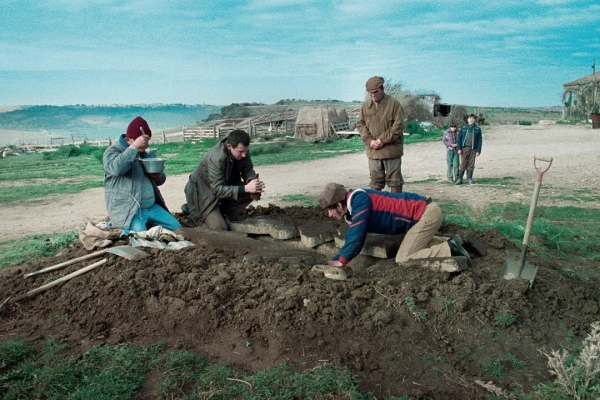
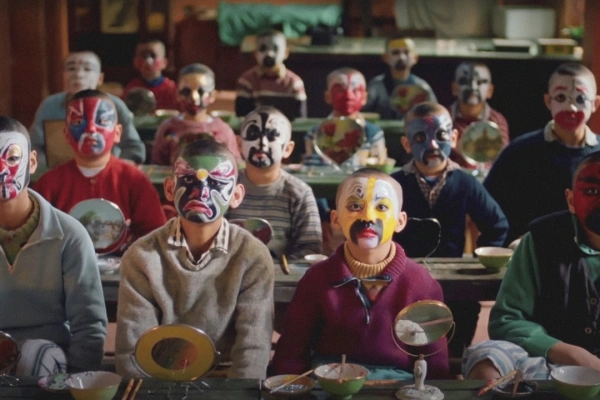
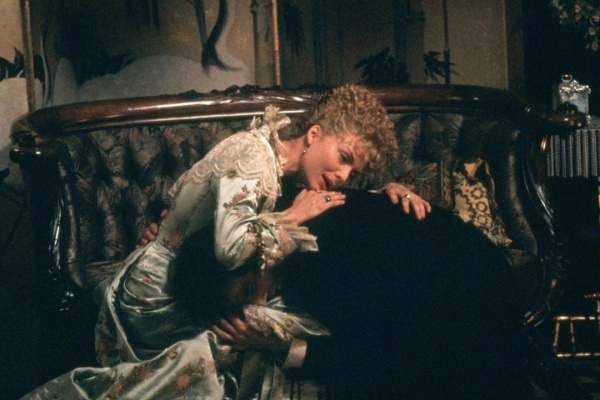



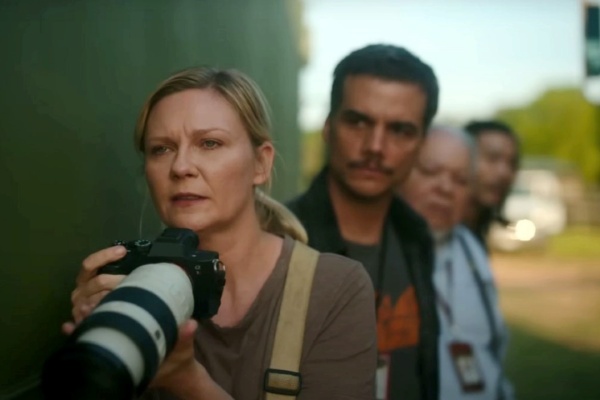

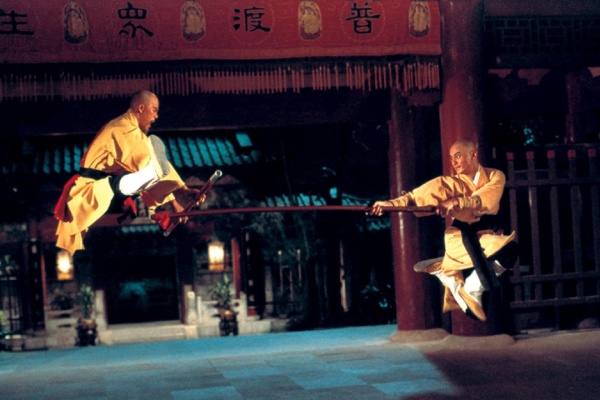


[…] – it is directed by the late Stanley Kubrick. The director of influential masterpieces such as Paths of Glory (1957), 2001: A Space Odyssey (1968) and A Clockwork Orange (1971), Kubrick is easily one of the […]
LikeLike
[…] Criterion Collection […]
LikeLike
[…] reminded me about how I felt when I first saw Shyam Benegal’s Nishant (1975) or Kubrick’s Paths of Glory (1957), to name a couple of films where the characters were powerless to right […]
LikeLike
[…] company of such great anti-war films as All Quiet on the Western Front (1930) and Paths of Glory (1957). However, because of the manner that it was made, as well as the context of its […]
LikeLike
[…] of WWI, with homage to classics such as All Quiet on the Western Front (1930) and Kubrick’s Paths of Glory (1957), while drawing some of his experiences from shooting Saving Private […]
LikeLike